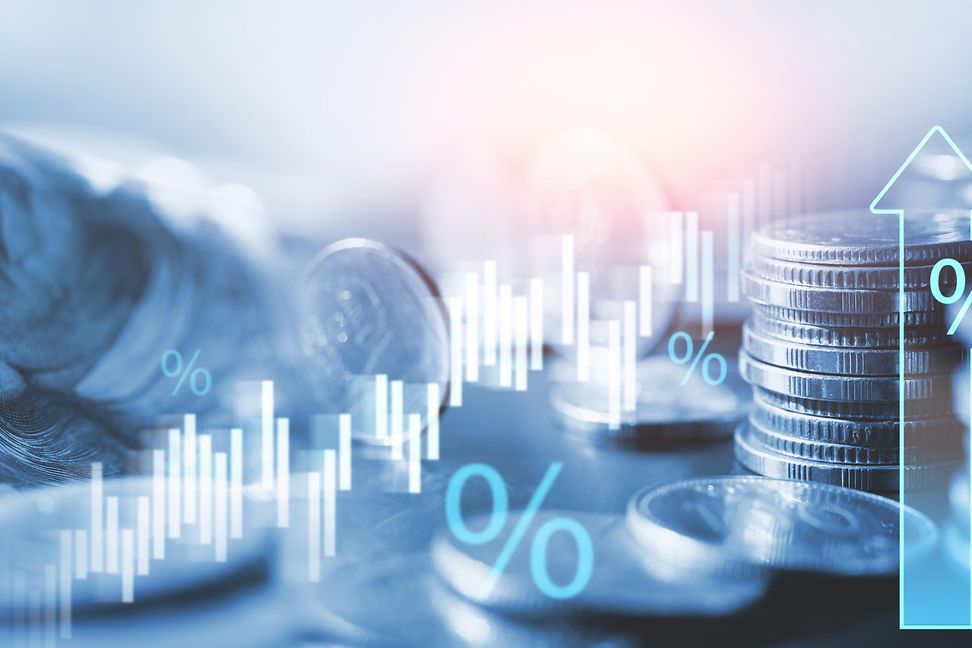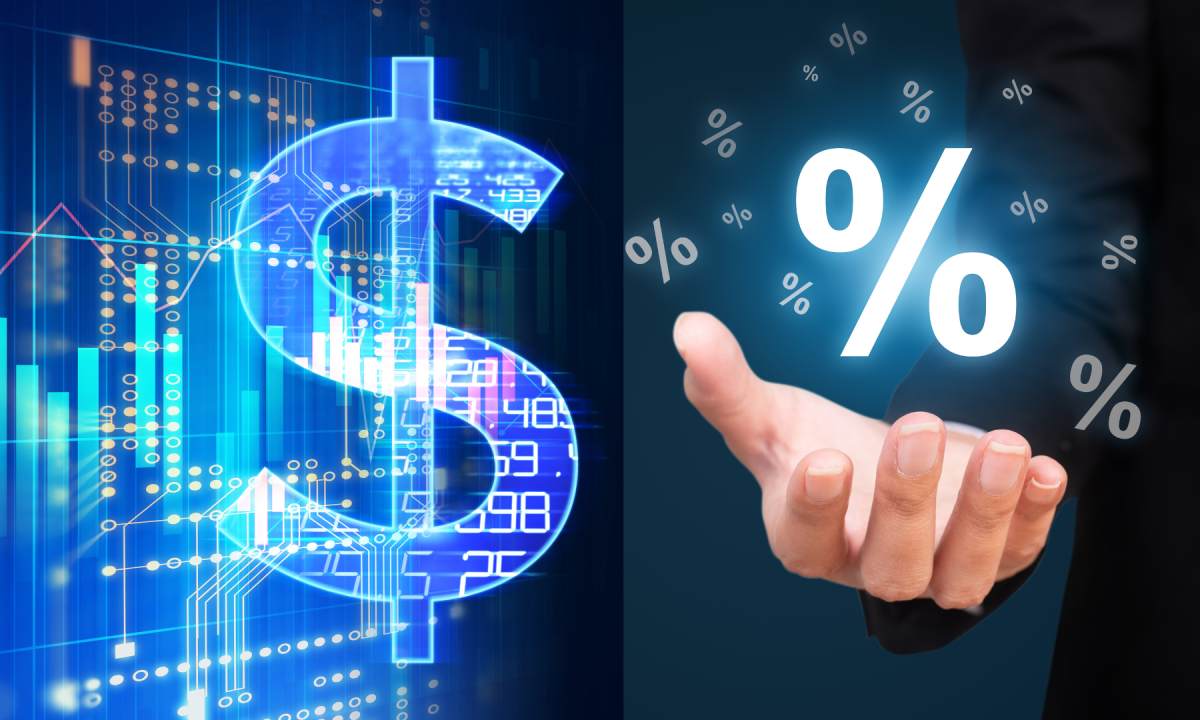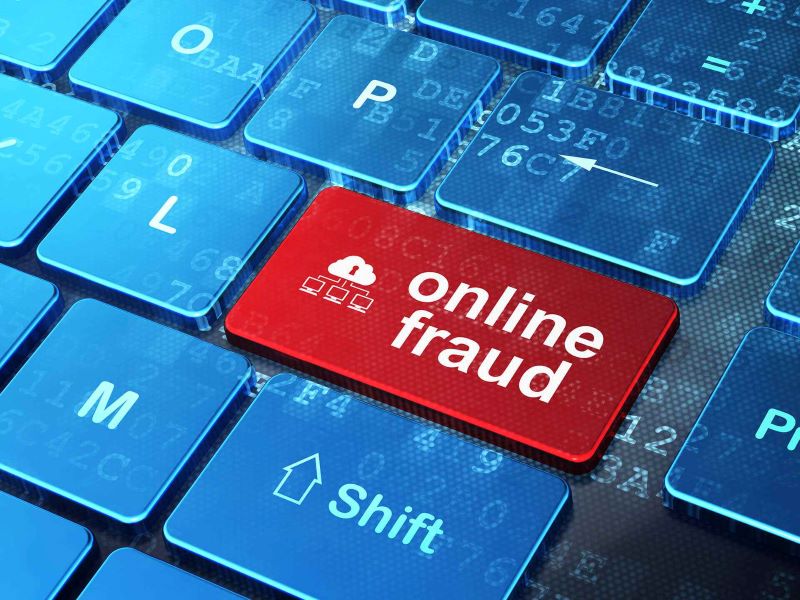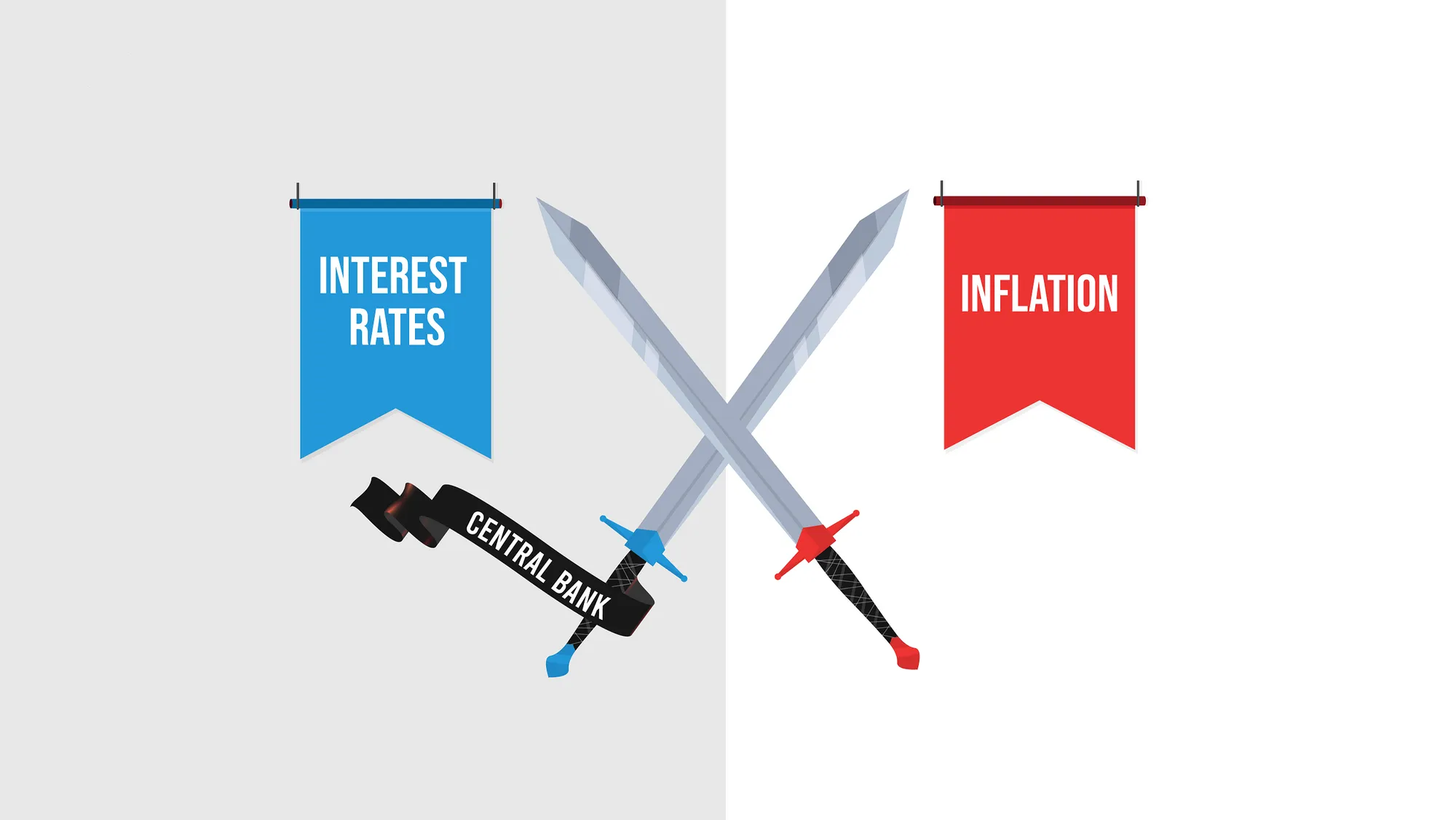Monetary policy decisions and interest rates have a sneaky way of digging into your wallet, even when you think they won’t. Think of them like invisible hands—every move they make can pull cash out or stuff more in. It’s like a superpower that handles the flow of money, and it’s essential to know how it ticks. As the thermal paste keeps a computer cool, interest rates keep our economy from overheating or freezing over.
But how does this affect your day-to-day life? Whether it’s the cash you save, the loans you pay, or the job you clock in at daily, these decisions reach you. Stick with me, and I’ll show you exactly how understanding central bank policies isn’t just for those in tailored suits—it’s vital info that protects your finances. Let’s dive into the world where your paycheck, savings, and even your mortgage dance to the tune of interest rates. Get ready to master the moves!
Understanding How Central Bank Policies Affect Your Finances
The Role of the Federal Reserve in Setting Interest Rates
The Federal Reserve, or the Fed, is like the money boss of the U.S. They decide the cost of borrowing money, which we call interest rates. When the Fed changes rates, it’s like turning a dial on the economy. If the economy is too slow, they lower rates to make borrowing cheaper. People can spend and invest more easily. But if things are too hot and prices go up too fast, they raise rates. This makes borrowing cost more, and can slow down spending.
Evaluating the Impact of Inflation Targeting Strategies on Daily Spending
Inflation means things cost more over time – like bread or toys. The Fed doesn’t want prices to fly up or dive down too much. They have a plan to keep inflation just right. This plan is called an inflation targeting strategy. If prices start to climb too high, the Fed might raise interest rates. This can make loans for cars or houses cost more. So, folks might not buy as much. When we spend less, price jumps can slow down. But if prices don’t go up enough, the Fed can lower rates. Lower rates mean cheaper loans. Then people might spend more, and this can help prices rise a bit, which is often needed for a healthy economy.
Central bank policies are big deals! They touch your life in many ways, like how much you pay on your credit card or what you earn in your savings account. If you understand how these choices work, you can make smarter money moves. So let’s keep an eye on these policies and plan our finances with confidence!
The Ripple Effect of Interest Rate Changes
Interpreting the Consequences of Interest Rate Hikes on Loans and Mortgages
When central banks hike rates, your loans get pricier. Yes, that’s right – when the Federal Reserve raises interest rates, your existing variable loans, like credit cards and adjustable rate mortgages, will cost more. This is because banks set loan rates based on what it costs them to borrow, which goes up. In short, you’ll pay more each month on loans and home mortgages when rates rise.
Now let’s dive deeper. Say you have a home mortgage or a business loan. If the rate goes up, so does the amount you owe each month. This makes it tougher for families and businesses to spend on other things. If you have a fixed-rate mortgage, your payment stays the same. Yet, if you’re looking to buy a home and rates have gone up, expect to pay more for the same house compared to lower-rate times.
How Cash Rate Adjustments Influence Savings and Investment Decisions
Cash rate tweaks by central banks can also change how you save and invest. When rates drop, the bank pays less on your savings. This can steer you to spend or invest instead of saving, since you earn less by keeping money in the bank. On the flip side, when rates are high, you earn more from savings, and this could lead you to save rather than spend.
Putting it simply, lower rates often mean cheap loans but bad news for savers. High rates do the opposite – they reward saving but make borrowing dear.
So, every cash rate change nudges you to either save, invest, or spend differently. And it’s not just you. It affects businesses too, since they may adjust plans for expansion or equipment upgrades based on the cost of borrowing. They might put money into new projects when rates are low, since they can borrow money for less.
All in all, whether the central bank sets rates high or low, the ripple goes far. For every saver thrilled by better returns, a borrower might struggle with rising costs. It’s always a balance, where the central bank aims to keep the economy stable while supporting jobs and keeping prices steady. Understanding these effects helps you make smarter money choices, be it for loans, savings, or investment.
Quantitative Easing and Economic Growth: What It Means for You
Unpacking the Effects of Quantitative Easing on Household Wealth
Let’s get right to it. Quantitative easing sounds complex. But it’s not. Let’s make sense of how it touches your wallet. When the central bank worries about a slow economy, they buy securities. This process pours money into the system. More money floating around sounds great, right? But the answer isn’t simple.
Here’s the scoop: when there’s more cash, banks can lend more easily. Good for them, you might think. Good for us too! We get lower interest rates. Lower interest rates make loans cheap. Got your eye on a new car or a house? Now’s the chance to get it for less money over time. But it’s not all sunshine. More money can mean higher prices in stores. You’re not hallucinating – that milk and bread do cost more.
So, yes, quantitative easing can plump up your savings. But it might also make your grocery bill beefier. This seesaw of good and bad can rock your financial boat. Tough to balance, right?
Connection Between Economic Growth and Your Employment Opportunities
Next, let’s link this to jobs. Good economic growth usually means more jobs. When the economy grows, powerful people at the federal reserve smile. They like that, and you should too. Think of it like a big party and everyone’s invited. Businesses start hiring, creating even more party-goers: new workers!
Now, how does quantitative easing play into this fest? By making it cheaper to borrow money, it fires up businesses. They build, create, and grow with this cheap money. This leads to, you guessed it, more jobs. More jobs mean more chances for you to work where you like. It means you get to go shopping for the job you want. Maybe it’s time to dust off that resume.
Remember, though, what goes up must come down. If there’s too much job partying, wages might rise. Sounds good but could lead to higher prices for what we buy. Your new salary might have to face off with costlier goods. It’s a tricky balance.
In a nutshell, when central banks do their magic with interest rates and quantitative easing, they shift the gears of economic growth. This tinkering has real effects on your cash stash and job chances. It’s a bit of a roller coaster. One that requires a strong stomach and sharp eyes on your financial plan. Keep track of these federal reserve actions; they’re more than just news. They’re the bright or rainy day in your pocket story.
Tools and Tactics of Modern Monetary Policy
Decoding the Significance of Discount Rates and Policy Decisions
Picture the central bank as your friend who guides money’s flow. They make big choices that reach your wallet. One powerful tool they use is the discount rate. This is the cost banks pay to borrow money overnight from the central bank. When this rate goes up, your bank’s costs rise too. Often, they pass this cost onto you, making loans pricier. This slows down spending and borrowing.
A high discount rate can make your car loan more expensive. If you were planning to buy a car on loan, you might think twice when rates rise. It’s how the central bank keeps the economy from getting too hot. Hot meaning when prices of things soar, known as inflation.
The Use of Monetary Policy Tools for Achieving Macroeconomic Stability
Now, let’s talk about keeping the economy steady, a goal we call macroeconomic stability. The central bank uses several tools to achieve this. Think of these like a doctor’s kit, each with a specific purpose. One key tool is open market operations. This is when the central bank buys or sells government bonds.
Buying bonds puts more cash in the market. This can help when the economy is sluggish. Selling bonds does the opposite. It pulls cash out when the economy is too revved up. These actions affect what banks charge each other for short-term loans, known as the overnight lending rate. This trickles down to the rates you get at your bank.
Central banks also adjust how much money banks must keep in reserve. It’s like telling them how much they need to hold onto, to be safe. If banks can hold less, they can lend more to you and me. It helps when money needs to flow to boost the economy. But if they need to keep more, they lend less. This is a move to cool things down.
And don’t forget the king of tools, the policy rate. This is the central bank’s main signpost. It tells everyone where they want the economy to go. When they change this rate, it’s headline news because it affects loans, savings, and even jobs across the country.
Use these clues to watch what’s next for spending, saving, and even working. Whatever the central bank decides, it sends waves through markets, all the way to our daily lives. So next time you hear about central bank moves, know it’s not just for those in suits. It’s about your plans, your money, and your future.
In this post, we looked at how central banks like the Federal Reserve shape our money world. We saw how interest rates set by the Fed can make loans cost more or less. When rates go up, your loan and mortgage might cost more. When they go down, you might save money. This also impacts how much you earn from savings or how you might invest.
We also talked about inflation targets and how they aim to keep your daily spending stable. High inflation can eat away your buying power; targets help prevent that. Then, we explored quantitative easing. This can boost how much money households have and can even help create jobs. Lastly, we looked at tools that keep the economy steady, like discount rates.
All these big words and ideas really come down to one thing: understanding them helps you make smarter money moves. When you get how these policies work, you’re set up to protect and grow your cash and to plan for a brighter future. Thanks for joining me on this journey to financial clarity!
Q&A :
How do monetary policy decisions affect interest rates?
Monetary policy decisions, made by a country’s central bank, influence interest rates by setting the cost of borrowing money. When a central bank, such as the Federal Reserve, wants to stimulate economic growth, it may reduce interest rates, making loans cheaper to encourage spending and investment. Conversely, to curb inflation, it might raise interest rates, making borrowing more expensive, which can slow down spending and inflationary pressures.
What tools do central banks use to control monetary policy?
Central banks use several tools to control monetary policy, with the most prominent being the adjustment of the base interest rate. They also employ open market operations, where they buy or sell government securities to influence the money supply. Another tool is the reserve requirement, which determines the minimum amount of reserves banks must hold against deposits, impacting how much they can lend.
Can monetary policy decisions predict future interest rate changes?
Monetary policy decisions often provide insights into future interest rate trends. Economists and market analysts closely monitor statements and minutes from central bank meetings for clues about their outlook on the economy. These insights can help predict whether the central bank is more likely to raise, lower, or maintain interest rates in the future.
How often do monetary policy decisions take place?
The frequency of monetary policy decisions varies among central banks. For instance, the Federal Reserve typically meets eight times a year to review economic conditions and make decisions on monetary policy. Other central banks might have a different schedule, ranging from once a month to once every quarter, depending on the institution and the economic circumstances.
What is the impact of interest rate changes on the stock market?
Interest rate changes can have a significant impact on the stock market. Generally, when interest rates are lowered, it can lead to an increase in stock prices, as cheaper borrowing costs can boost corporate profits and consumer spending. On the other hand, rising interest rates can decrease the attractiveness of equities, as they increase borrowing costs for companies and consumers, potentially slowing down economic growth and corporate earnings.






